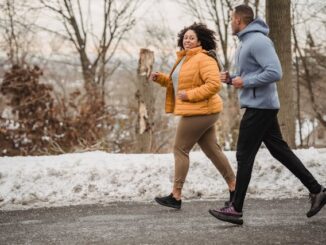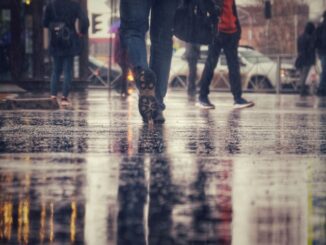
Effective documentation is crucial for building a strong case in slip and fall accidents. Proper documentation not only provides evidence to support the victim’s claim but also helps to establish liability and quantify damages. In this article, we’ll discuss some tips for effectively documenting a slip and fall accident, including taking photos of the scene, obtaining witness statements, and keeping thorough records of medical treatment and expenses.
- Act Quickly: Time is of the essence when it comes to documenting a slip and fall accident. Victims should act quickly to document the scene, as hazardous conditions may be cleaned up or repaired shortly after the accident. Taking photos of the scene and any visible injuries should be a priority to preserve evidence for future use.
- Take Detailed Photos: When photographing the scene of the accident, victims should focus on capturing key details that may help establish liability, such as the hazardous condition that caused the accident, the surrounding area, and any warning signs or lack thereof. Photos should be clear, well-lit, and taken from multiple angles to provide a comprehensive view of the scene.
- Collect Witness Statements: Witness statements can provide valuable testimony to support the victim’s version of events and corroborate their claim. Victims should obtain contact information from any witnesses to the accident and ask them to provide written or recorded statements detailing what they saw and heard. Witness statements should include descriptions of the hazardous condition, the victim’s actions leading up to the accident, and any other relevant details.
- Keep Thorough Medical Records: Seeking medical treatment after a slip and fall accident is essential for both health and legal purposes. Victims should keep thorough records of all medical treatment received, including hospital visits, doctor’s appointments, diagnostic tests, medications prescribed, and rehabilitation or therapy sessions. Medical records should detail the nature and extent of the victim’s injuries, the treatment provided, and the prognosis for recovery. Additionally, victims should keep track of all medical expenses incurred, including bills, receipts, and insurance claims.
By following these tips for effective documentation, victims can strengthen their case and increase their chances of success in pursuing compensation for their injuries and losses. Proper documentation provides tangible evidence to support the victim’s claim and helps to establish liability on the part of the property owner or occupier. Additionally, thorough documentation ensures that the victim’s injuries and expenses are accurately documented, maximizing their potential for receiving fair compensation.



